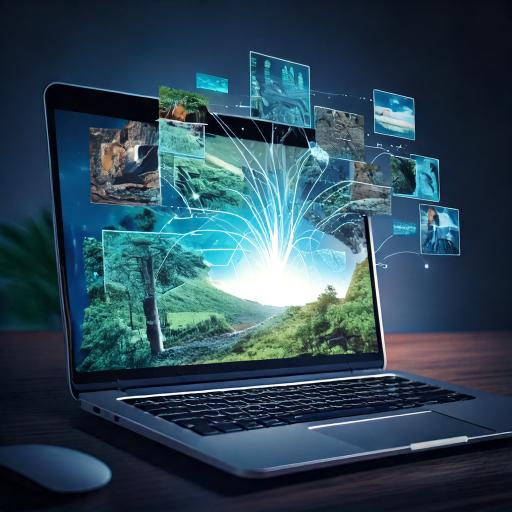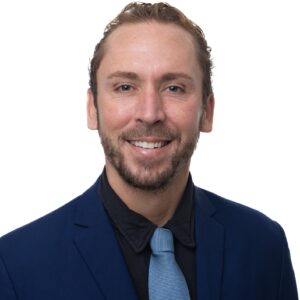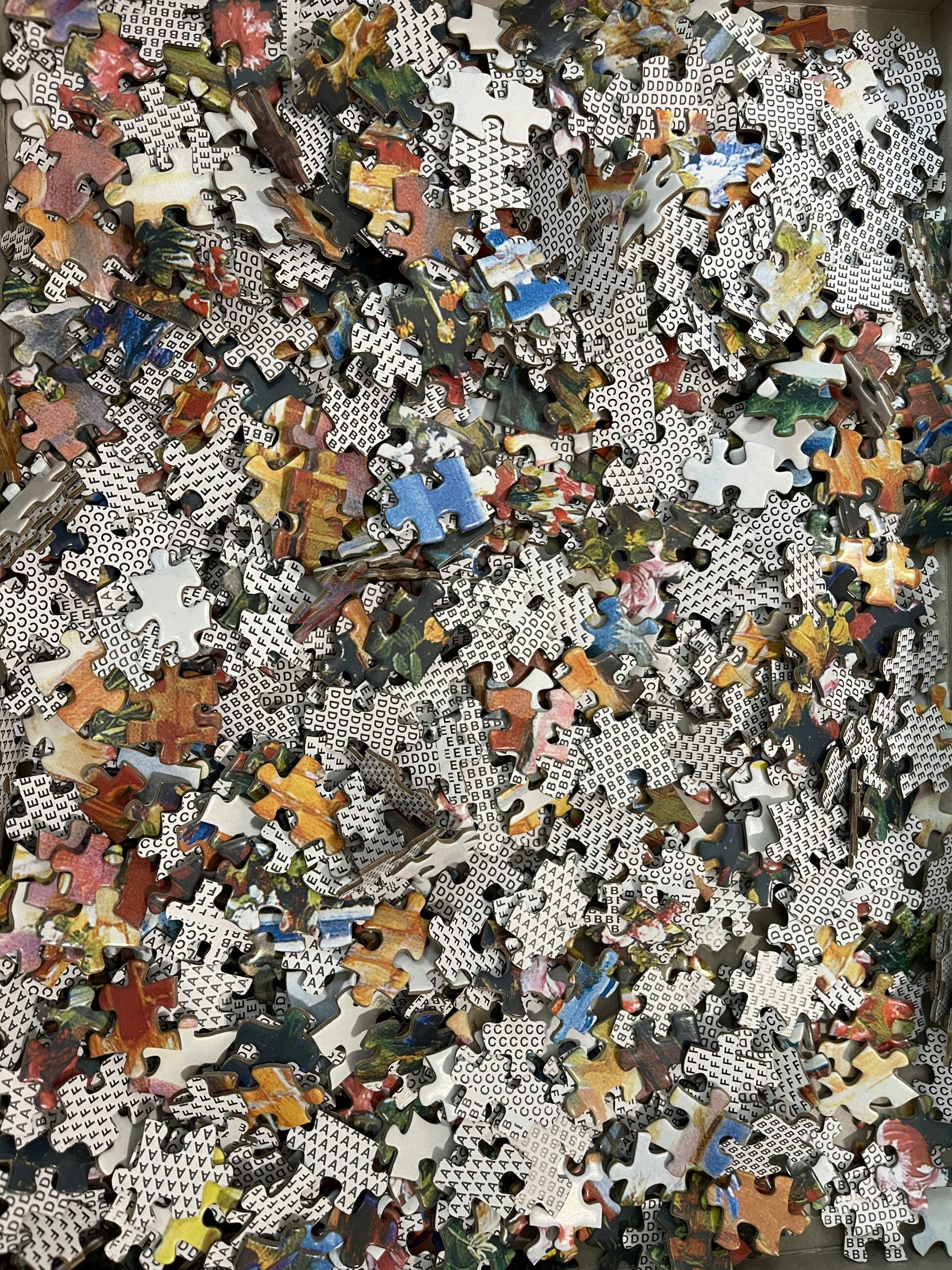by Anastasia Wasko and Jacob W. Glazier
Welcome to Mindfield 17(2) on neurodivergence and communication. In their editorial, Jacob W. Glazier and Anastasia Wasko highlight the popularity of The Telepathy Tapes, connecting public interest and research in neurodivergence with extrasensory communication. They urge honoring the humanity of neurodivergent people while imagining a future that integrates psi into everyday life. They also present …










